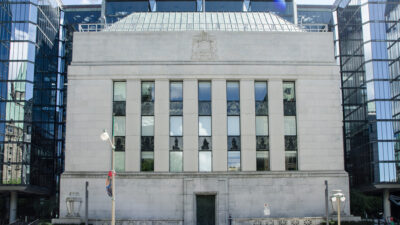
The Bank of Canada has decided to maintain the overnight rate target at 5%, with the Bank Rate at 5.25% and the deposit rate also at 5%. This decision aligns with their ongoing strategy of quantitative tightening.
Globally, economic growth experienced a slowdown in the last quarter, with the U.S. economy showing resilience and continued growth driven by consumption and exports, while Europe’s growth remained stagnant. Inflation trends in both the United States and Europe are on a downward trajectory. Financial markets have seen increased bond yields, narrower corporate credit spreads, and significant gains in equity markets since January, with a slight increase in global oil prices.
Domestically, Canada’s economy saw better-than-anticipated growth in the fourth quarter, although it was still below potential. The growth was characterized by a modest increase in consumption and a notable boost from exports, despite a decrease in business investment. Employment growth is lagging behind population growth, with indications that wage pressures might be starting to lessen. The country is facing modest excess supply.
Inflation rate dropped to 2.9% in January, with a slight moderation in goods price inflation, although housing costs continue to drive inflation. Core inflation rates are consistently between 3% to 3.5%, indicating persistent inflationary pressures. The Bank predicts inflation will hover around 3% in the first half of the year before it starts to decline.
The Governing Council is holding the policy rate steady at 5% and persisting with balance sheet normalization. The Council remains cautious about inflation outlook risks, especially the enduring nature of core inflation. It emphasizes the need for ongoing reduction in core inflation, paying close attention to demand-supply dynamics, inflation expectations, wage trends, and corporate pricing practices. The Bank firmly commits to achieving price stability for Canadians.


